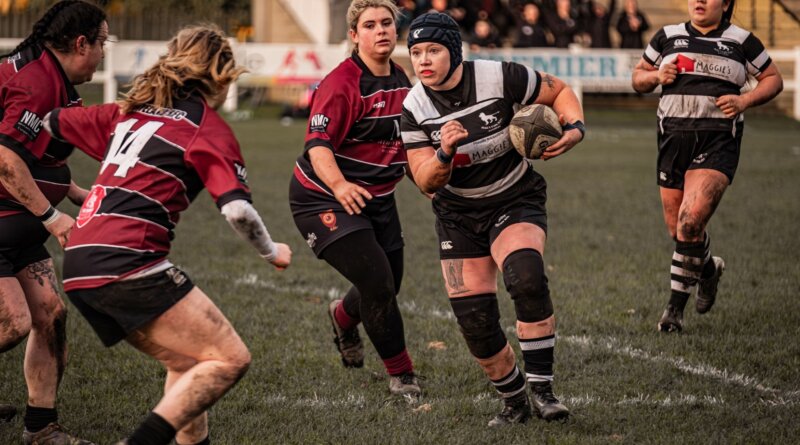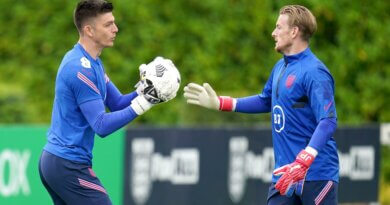Two ACL tears deemed not enough to stop Percy Panthers’ pivotal player.
A “unique” case has seen resilient rugby player steer clear of surgery and become a medical and athletic miracle.
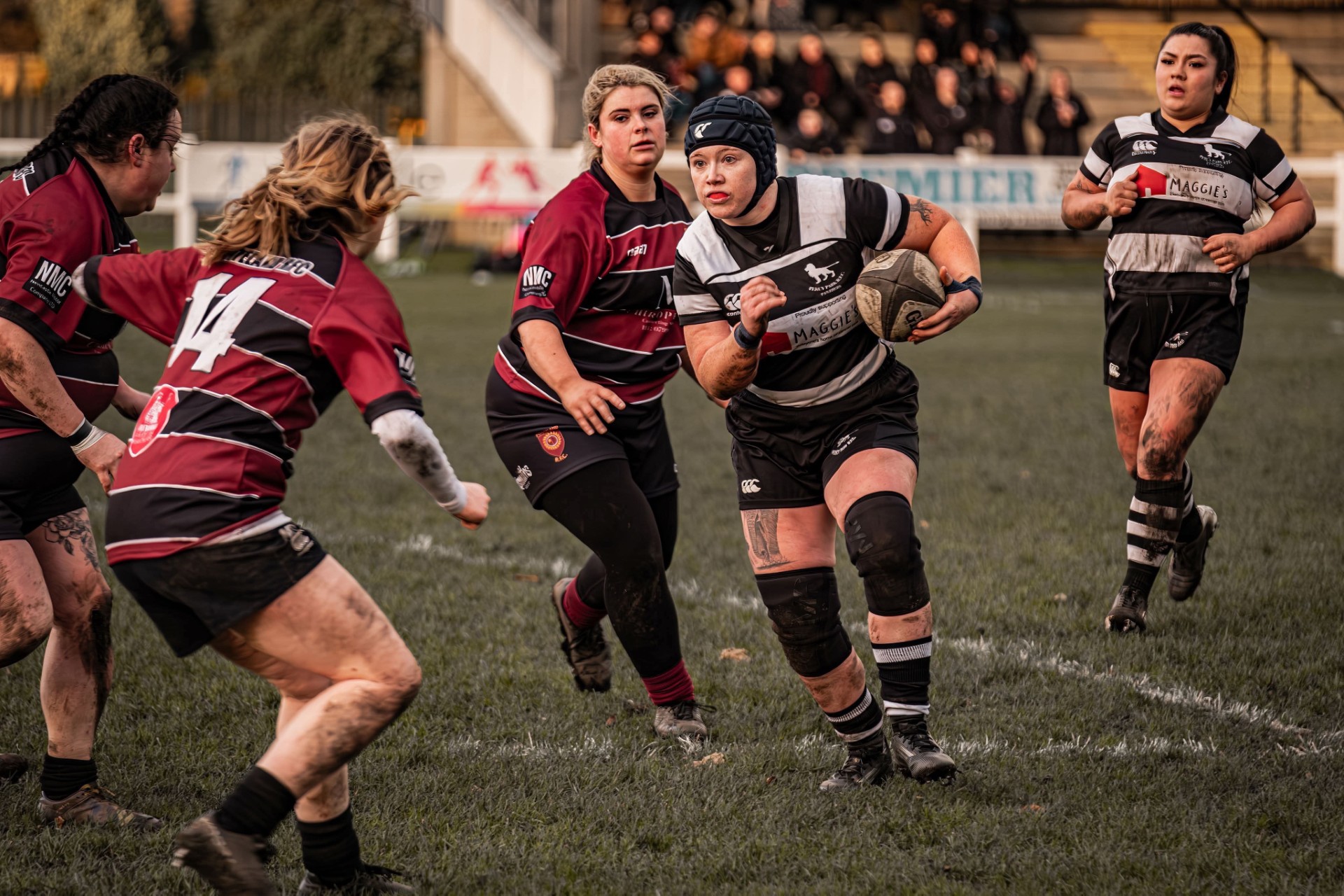
[Amy Jennings – Curtesy of Mark Bird Sports Photography]
From rapidly reaching heights in Jujitsu belt ranks, becoming a crucial cog in the Percy Park Panthers, and even competing in a Strong-Man competition, Amy Jennings’ life took a complete U-Turn with a “dip” on the field creating a dip in her sporting career.
Suffering not one, but two anterior cruciate ligament [ACL] injuries, Jennings is a walking, powerlifting, and running example of resilience.
Within one year of her blossoming rugby career, Jennings found herself sidelined for nine months, meaning that her first club (Houghton Rugby Club Women’s Side) were left without her available for selection.
And shortly after her return, a training session ended in hours in A&E, resulting in yet another Bilateral ACL insufficiency.
But despite dreaded waiting lists, and bursting desire to “get back on the pitch”, the Panthers hooker knew she had to be careful. She swiftly decided to take matters into her own hands and reached out for help from strength and mobility coach, James Hewitt.
This not only pressed the fast forward button on her recovery but also believes that this was the “best decision” that she made.
Now back to doing what she loves, and miraculously avoiding any surgery, Jennings’ rare case is an inspirational insight into injured athletes.
“I remember chasing after this girl at full sprint, feeling a dip in the pitch and then just collapsing on the floor, not being able to move and being in a lot of pain.
“The funniest thing I remember was a girl from the other team, telling me to get up and stop faking. I was more concerned about getting home as we were away at Stockton!
“I went to A&E the next day and they told me that I sprained my MCL [medial collateral ligament], and that I would be referred to physio. This was to be a telephone conversation.
“They also advised me that after the initial telephone conversation I would have to wait up to 6 weeks for a face-to-face appointment.
“If I’m honest, I just wanted to get back on the pitch.”
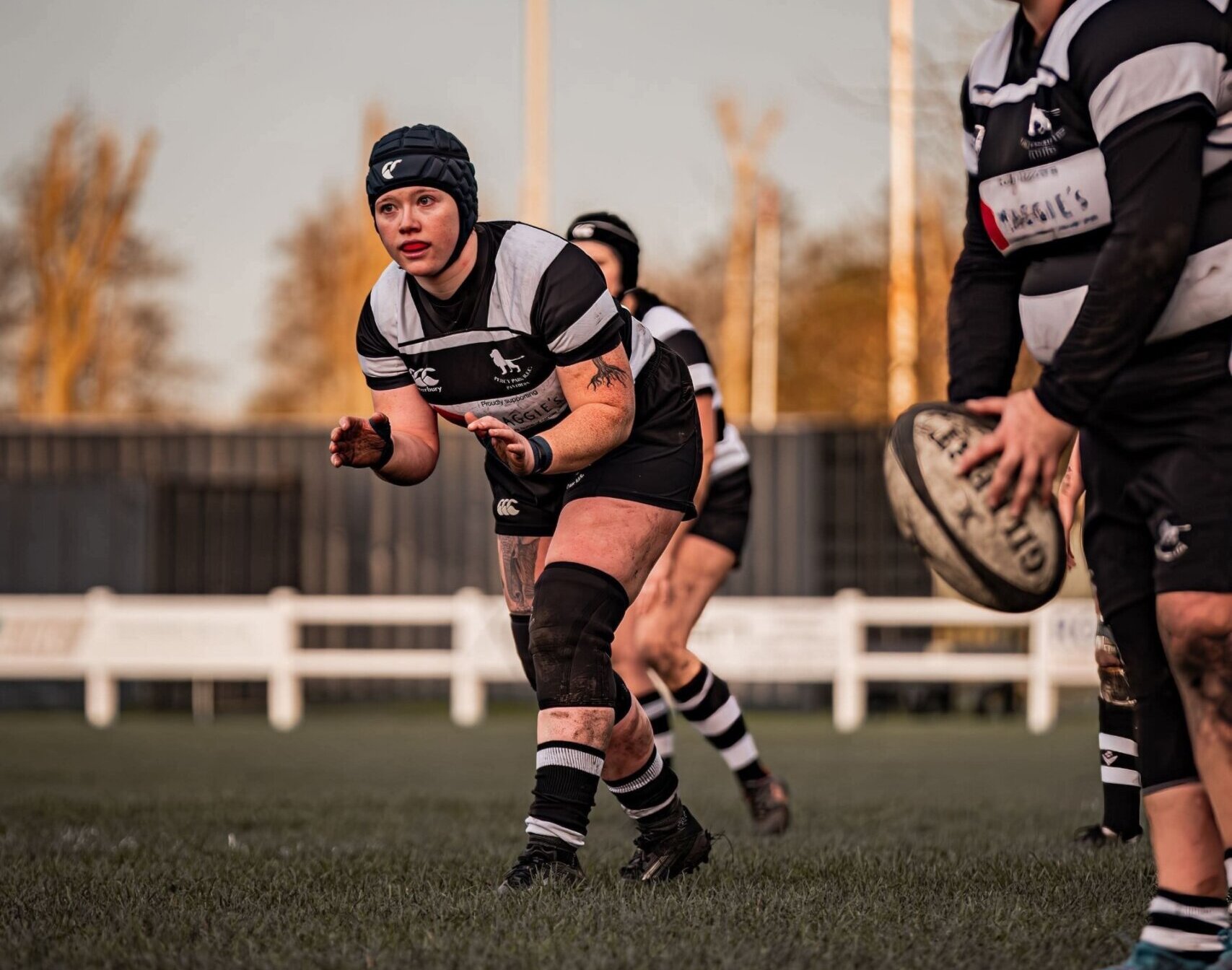
[Amy Jennings – Curtesy of Mark Bird Sports Photography]
Fortunately for the Percy Panthers player, her long-term resolution was just around the corner.
“My mam had been going to see James Hewitt (strength mobility and rehab coach), for some old injuries she had, and he had helped her make massive progress. I had heard nothing but positive reviews about him, so I thought ‘let’s give it a go, anything that gets me back on that pitch sooner’.
“Honestly, it was the best decision I made.
“I had my first session with him two or three weeks after my injury, I stopped using crutches to help me walk two weeks in but the range of motion in my knee was still pretty poor.
“I had sessions with James for one hour every week, and I went back to playing rugby properly 9 months later.”
Despite sounding plain-sailing, Jennings further explained the bumpy road to recovery.
“I could run, jump, sprint at training, could push myself at the gym, and could squat some pretty heavy weights – even hitting a personal best of 100kg.
“But then some days I would put my shoes on a different way, or get out of the shower, or the car and my knee would ‘go’.
“By this I mean the pain would be pretty bad, I’d struggle to walk and bend my knee but then a week later I’d be back to running, lifting weights etcetera just like nothing happened.
“I honestly felt like crying in frustration.
“In the summer of 2023, my GP finally referred me for an MRI Scan.”
Despite the initial diagnosis of MCL sprain, the MRI scan showed a tear on her ACL. Little did she know, only three months later she would be getting the same diagnosis, but on the opposite knee.
“When I was chasing after one of my teammates in training, she decided to score a try, lying right in front of me. As I tried to change direction, to avoid falling on top of her, my knee subluxed.
“I just thought ‘not again’.
“Honestly, I was in so much shock – I didn’t know what to do.
“The process was a lot quicker, and despite the initial consultant saying that she wasn’t concerned about any potential ligament damage, she sent me for an MRI just in case.
“Both MRI scans showed ACL tears in both knees, and that an orthopedic surgeon would need to be involved.
“This would be the longest wait of my life.”
Back to square one, the sessions with Hewitt continued.
He said: “As it was one knee then the other, and there were also other instances of injuries that felt like the knee joint was moving out of place, it was a difficult process.
“It’s rare to see an athlete with both ACL’s torn that can still run, jump and play a multi-directional sport.
“It’s extremely unique.
“It was a challenge to get Amy to slow down and rest at times.
“We talked at length about the injuries, the likely surgery and the reasons to think about not going down that route.”
Whilst anticipating surgery, Jennings and Hewitt attempted to prepare for the future.
Jennings claimed: “We predicted that I would not be able to return to rugby for at least 18 months if both knees were operated on.
“In January 2024, I went to see an Orthopaedic Surgeon, I explained to him that I was on the fence about getting the surgery.
“He gave me a fit note, and said, carry on seeing your physio, and come back to me in a year and we will see how you’re getting on.
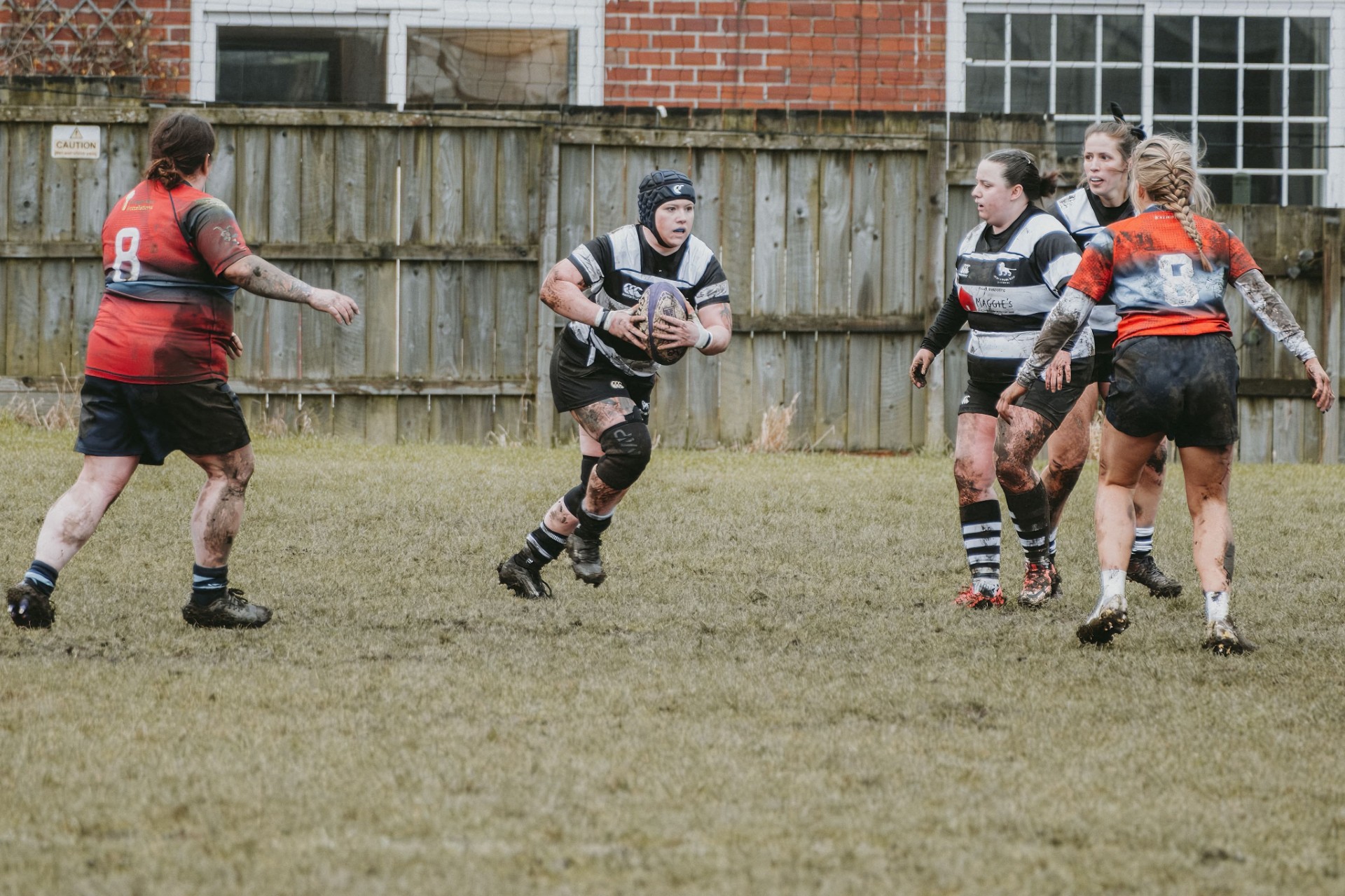
[Amy Jennings – Curtesy of Mark Bird Sports Photography]
Finally feeling back to herself, she returned to the surgeon, when they agreed that it would be difficult to justify such major surgery when she was frequently playing 80 minutes on the field.
On her recovery, Hewitt added: “She has dealt with these severe setbacks tremendously well.
“Her training has been very intensive, and she loves playing rugby.”
Jennings added: “Once I got back on that pitch, I was more driven and determined to be fitter, stronger and faster than ever before.
“I almost felt like I’d been given a second chance, in fact I think that my knees are the strongest that they’ve ever been in my life.”

